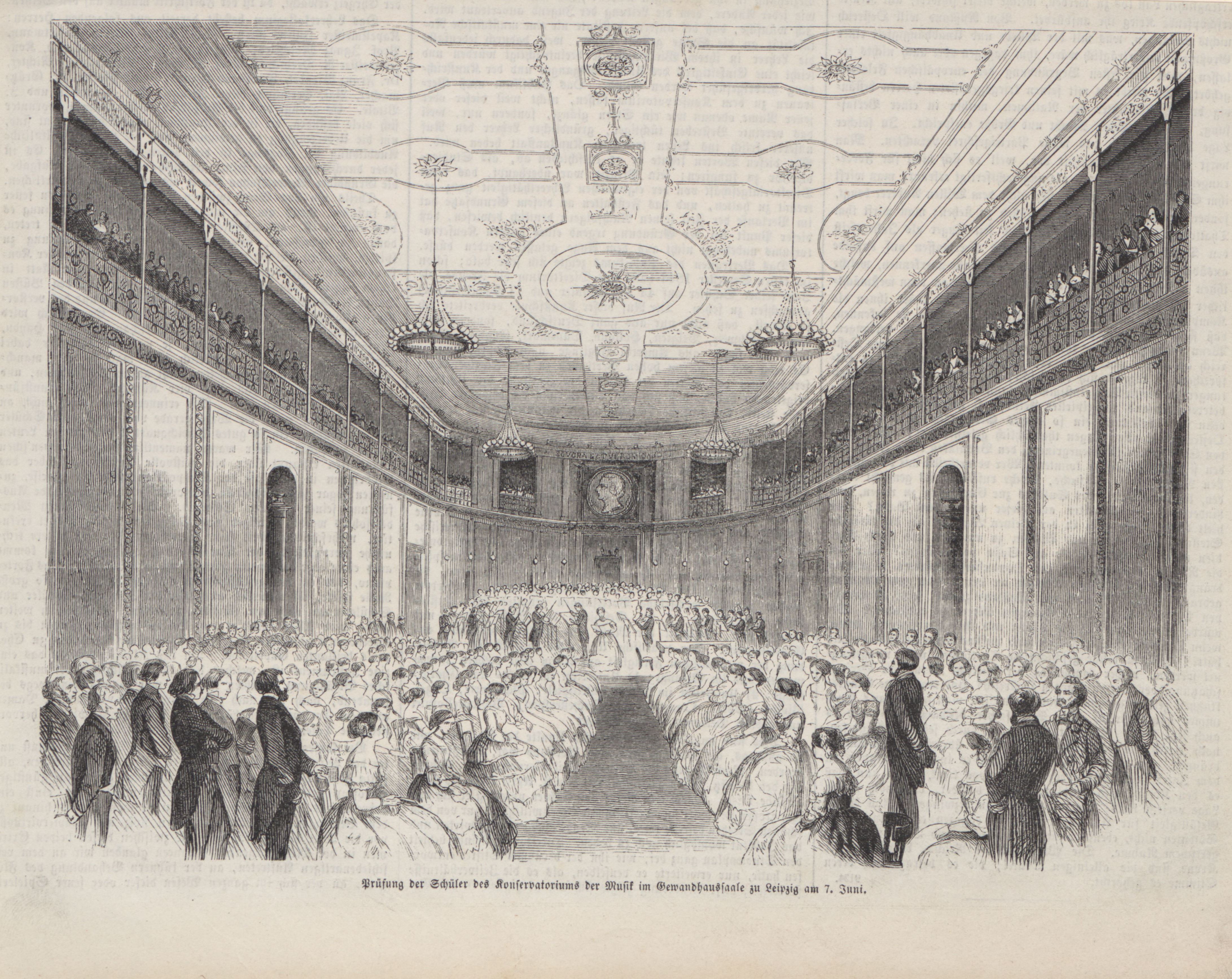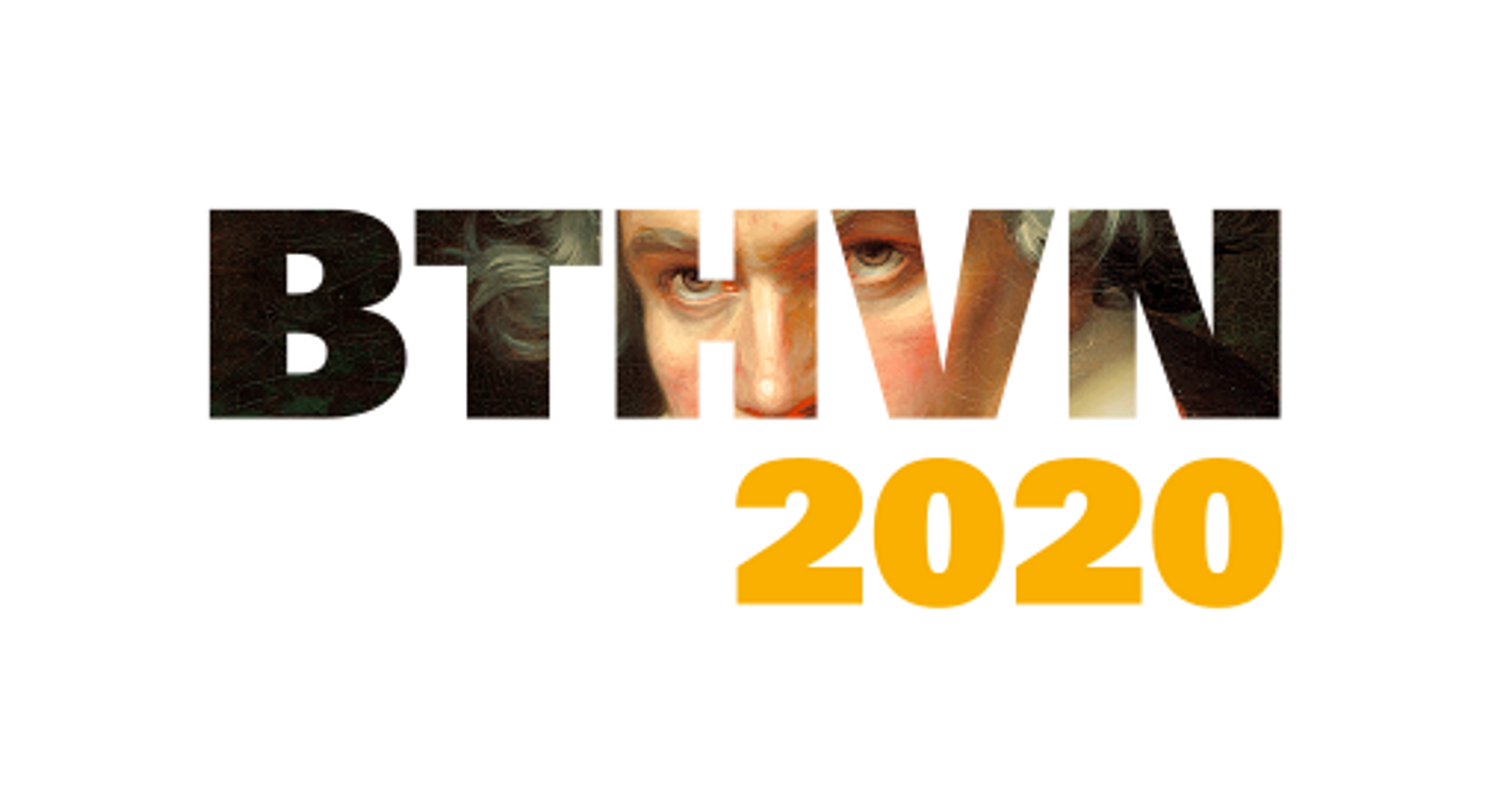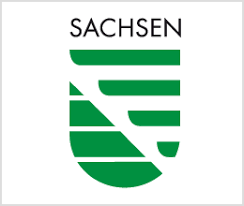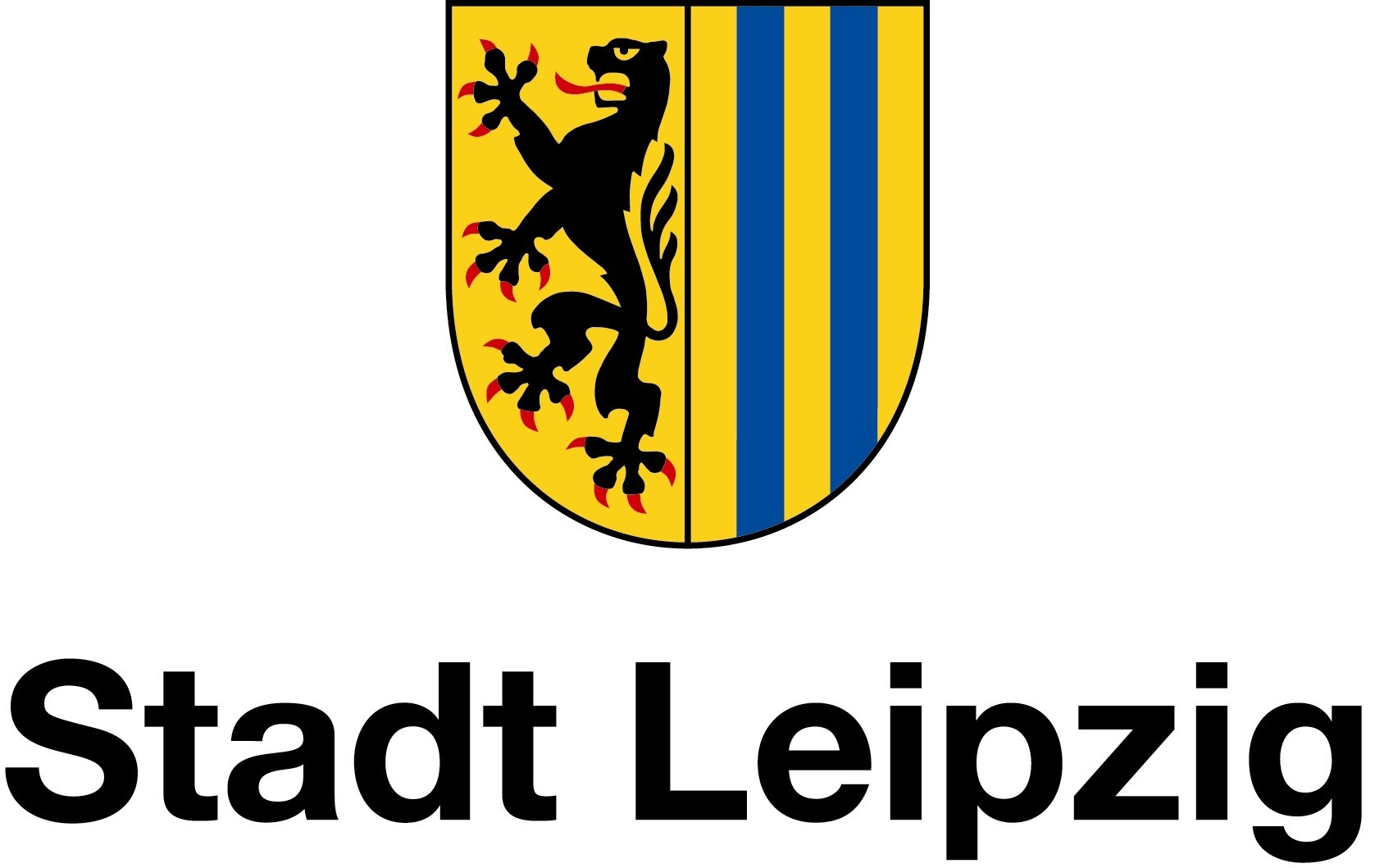Aktuelle Sonderausstellung
verschoben
»True art is imperishable« (Beethoven)
Nowadays, Beethoven and Bach are two of the world’s most famous composers. But how did they in particular come to be regarded as giants of music? And what made their compositions classics? A key  role in this was played by Leipzig music periodical Allgemeine musikalische Zeitung (AMZ), which was founded in 1798. Initially, Beethoven’s music was regarded by his contemporaries as radical, bewildering, even upsetting. However, AMZ explained Beethoven’s works and helped its readers throughout the German-speaking world understand his music. The history of eighteenth-century music dominated by opera was reinterpreted in various essays as a history of instrumental music from Bach to Beethoven. And for the first time a ‘canon of classical masterpieces’ – which also included works by Haydn and Mozart – emerged.
role in this was played by Leipzig music periodical Allgemeine musikalische Zeitung (AMZ), which was founded in 1798. Initially, Beethoven’s music was regarded by his contemporaries as radical, bewildering, even upsetting. However, AMZ explained Beethoven’s works and helped its readers throughout the German-speaking world understand his music. The history of eighteenth-century music dominated by opera was reinterpreted in various essays as a history of instrumental music from Bach to Beethoven. And for the first time a ‘canon of classical masterpieces’ – which also included works by Haydn and Mozart – emerged.
The exhibition illustrates the canonization of Bach and Beethoven as peerless composers using the example of musical life in Leipzig in the early nineteenth century. It also shows the influence of Johann Sebastian Bach on Ludwig van Beethoven’s compositions. Autograph letters and music manuscripts by Beethoven as well as his original contract with publishing house Breitkopf & Härtel document his links with Leipzig and Bach’s works. Early editions of sheet music by both Bach and Beethoven as well as periodicals, concert programmes, exam records from the local conservatory, graphics and portraits, and an upright piano from 1837 shed light on the rich musical life of Leipzig’s middle classes. In addition, music and stories are brought to life by several audio examples.
Fig. 1:
Ludwig van Beethoven on the cover of Allgemeine musikalische Zeitung, vol. 19, Leipzig 1817. Engraving by Carl Traugott Riedel (1813) after Louis Letronne. Bayerische Staatsbibliothek, Münchener Digitalisierungszentrum, Digitale Bibliothek.
Fig. 2:
Students from Leipzig Conservatory of Music taking exams in the Gewandhaus auditorium on 7 June 1855. Wood engraving (newspaper printing), Bach-Archiv Leipzig.
Supported by the City of Leipzig, by the Federal Government Commissioner for Culture and the Media and co-financed by tax revenues on the basis of the budget approved by the Saxon State Parliament.



